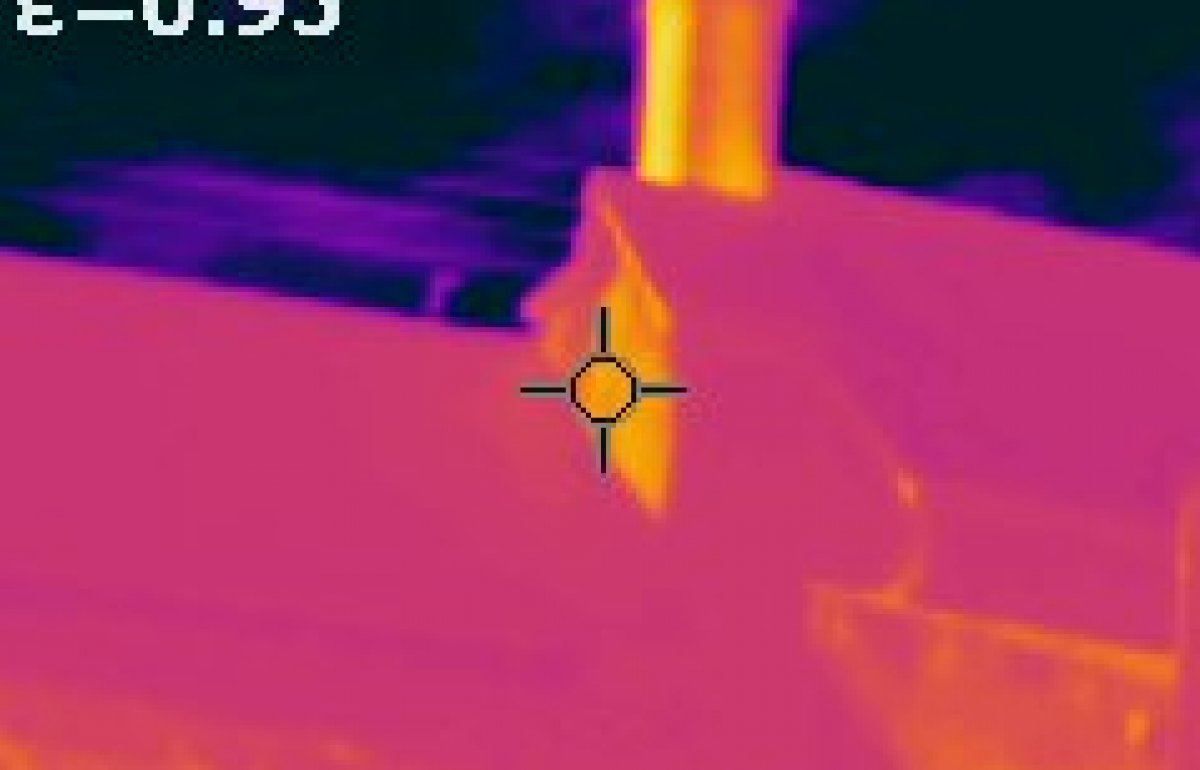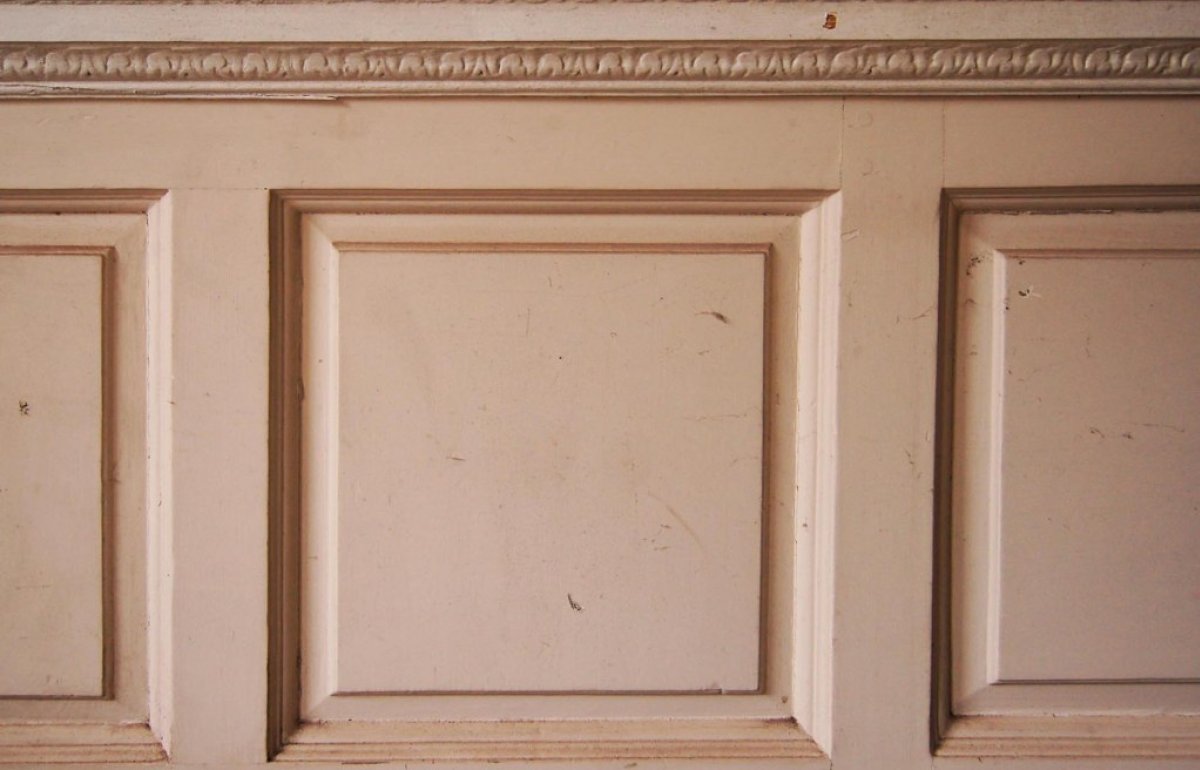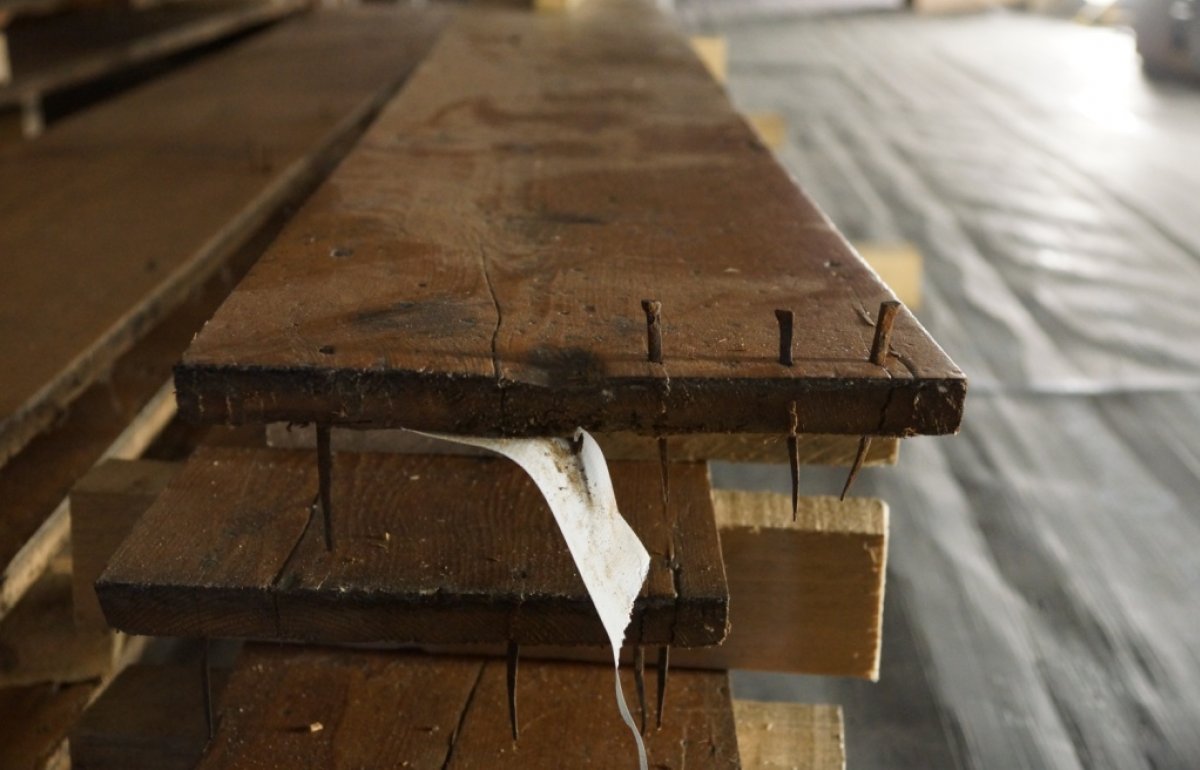Breathability and old buildings
In the context of building materials, and with particular reference to old and historic buildings, the generic term ‘breathable’ is used to describe an important property of building fabric: the extent to which building materials are able to transmit moisture. Breathable materials should be sufficiently permeable to enable absorbed and surface moisture to evaporate during ambient drying conditions. Loss of moisture from the material needs to occur rapidly enough to ensure that there is no accumulation of moisture which can lead, over time, to significant deterioration of building fabric, development of mould growth, infestation, or other form of decay. A breathable material, by definition, cannot be impermeable and should not trap moisture.
Moisture movement mechanisms
Many traditional building materials have characteristics that enable moisture as a vapour to pass through them (they are vapour permeable) as well as holding water in vapour form (they are hygroscopic or ‘moisture buffering’). Due to their pore structure these materials may also encourage the movement of water as a liquid via surface diffusion and capillarity (sometimes called ‘wicking’).
When undertaking work on an older building an appreciation of how all these moisture mechanisms function within the existing materials is required to avoid the application of an inappropriate material. A vapour permeable insulating material may be applied to an existing solid masonry wall without a damp-proof course and this will allow the assembly to continue to ‘breathe’. However, in particular circumstances, at the base of the wall or if it is particularly porous or exposed, for example, there may also be a need for the insulating material to provide hygroscopic buffering and/or to promote the capillary movement of water, as these may also be mechanisms by which the wall remains reasonably ‘dry’.
Site inspection
An examination of the existing materials and whether these are in good order is often sufficient to indicate whether a change is required to improve moisture conditions. Inspection can also show whether the characteristics displayed by the existing materials are a good basis for decisions as to whether any additions, alterations or alternative materials should be considered.
Measurements of breathability
A good starting point for considerations of breathability is the vapour permeable nature of a material, this quality can be expressed in its opposite form as vapour resistance. Vapour resistance may be measured in meganewton seconds per gram (MNs/g). An example of a material with an acceptable level of permeability is 19mm thick non-hydraulic lime render which has a vapour resistance of approximately 1.0 MNs/g. As a rough guide ‘breathable’ materials that could be considered suitable for use in older buildings should have a vapour resistance of up to 2.5 MNs/g. However, water as a vapour is only one form of moisture threat to buildings and how materials perform in response to the possible presence of liquid water also needs to be considered.
The breathability of building products
If a manufacturer or supplier makes claims regarding the ‘breathability’ of a particular product it is reasonable to request that they provide details to validate this performance. As a minimum this could be requested in the form of an MNs/g measure of vapour resistance. (This value is relatively easily obtained either via materials testing or can be converted from other measures of vapour permeability. Its suitability can be assessed using the scale provided in the preceding paragraph). In the case of multi-layered materials the vapour resistance of all layers together including adhesives must be provided to give an accurate indication of its ‘breathability’. The ability, or inability, of the seller to provide this information may well indicate the seriousness of their claims regarding breathability. In the absence of this basic information you may wish to consider whether the use of the particular material or system in question is prudent in an older building.



